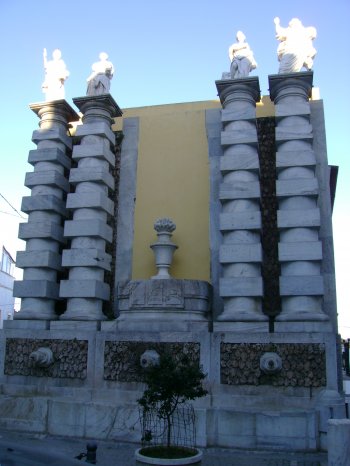Explore the best places
Monuments in Elvas
Convento de Santa Clara
- heritage
Largo dos Terceiros
7350-238, Elvas
Religious monument of great simplicity. The side altarpiece has elements which attest to its Baroque aesthetic. Tiled flooring of the walls of the nave and the chancel deserves prominence. It's the only building that remains of the primitive convent of the Nuns of Santa Clara Xabreganas and was founded in 1526e Sunday of Sam Payo was the Carver.
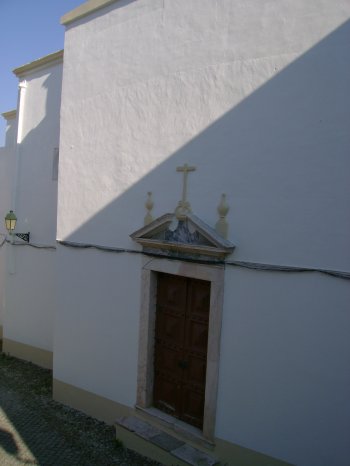
Ermida do Outeiro da Boa Fé
- heritage
São Vicente
7350-481, São Vicente
Chapel located one kilometre from St. Vincent, built in 1789, rural type and small dimensions. Stands out the aisle of the chancel in masonry.
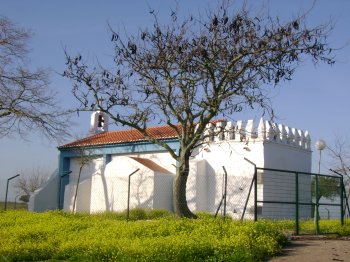
Igreja Paroquial de Santa Eulália
- heritage
Largo de Lobão Rasquilha
7350-451, Santa Eulália
This monument, founded in the 14th century, of religious character is distinguished primarily by its facade, to the extent that contained 2 bell towers and a terrace on the side. Comprises chorus, nave, chancel, baptismal Chapel, Sunday school room, Bell House, City Hall, vestry and meeting room. The interior is worthy of visitation, given the spoils that holds and preserves to this day,

Igreja Paroquial do Salvador / Antigo Colégio de Santiago de Elva
- heritage
Largo do Colégio
7350-018, Elvas
This Monument is composed by a church and by the former College from the Society of Jesus. The church is composed by a nave, four altarpieces chapels, low and straight main chapel and sacristy. On the inside it is worth to mention the main chapel, covered up in golden carving besides an inside filled with many beautiful and rich elements. The part which concerns the College is spread in two floors through four wings involving a yard which is the only remain part from the structure.

Capela de São Lourenço
- heritage
São Lourenço
7350, Elvas
Architecture of religious type, consisting of nave, chancel, baptismal Chapel and sacristy; very simple facade, with Bell Tower one was addressed by a Bell; shot at the base in yellow. Inside stands the confessional, the access to the baptismal Chapel, the holy water-circular sink in granite, with the blue-painted Cup and the niche of the main altarpiece with the image of s. Lourenço.
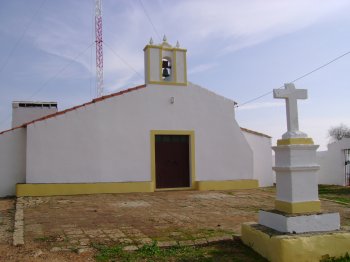
Capela de São Francisco
- heritage
Adro de São Francisco
7350-501, Vila Boim
Chapel built in 1722, in the existing niche surroundings would be added to the wall fernandina. The façade presents edges in shades of yellow. Above the door is a window surmounted by the cross of Christ of great simplicity. Next, the Bell Tower protects a Bell.
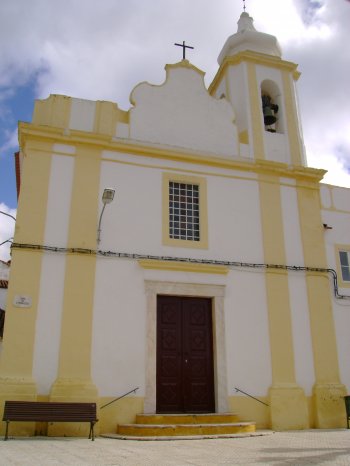
Quinta de São João
- heritage
São Vicente
7350-481, São Vicente
Located just eight miles from Elvas, this area of great beauty and architectural richness is ideal to rest and to enjoy moments of great tranquility, comfort, hospitality and good cooking, besides missing the recreational activities for all ages. A Fifth tour is essential, because it will find little treasures such as chapels, courtyards, fountains and lakes, vast gardens, balconies, among others secrets.
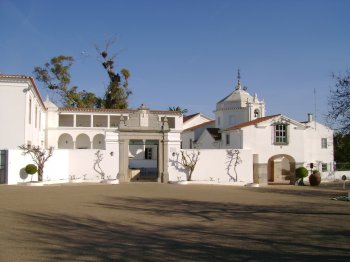
Centro Histórico de Elvas
- heritage
Elvas
7350, Elvas
Fica no Alentejo, a escassos quilómetros da fronteira com Espanha, uma das mais belas cidades portuguesas e a maior cidade fortificada da Europa. Protagonista de decisivas batalhas durante o período de restauração da independência, em meados do século XVII, o Centro Histórico de Elvas encontra-se delimitado por fortificações abaluartadas, em formato de estrela, num conjunto de irresistível encanto distinguido pela UNESCO como Património Mundial.

Ponte de Nossa Senhora da Ajuda
- heritage
Elvas
7350, Elvas
This fortified bridge used to establish the connection with Olivença and it was destroyed due to military strategy reasons.
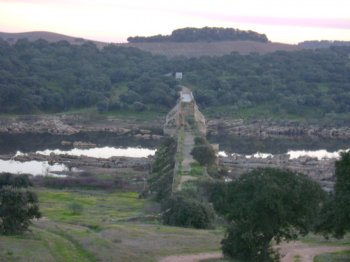
Fonte de São Lourenço
- heritage
Rua de São Lourenço
7350, Elvas
Bridge designed by military engineer Valléré, located between two streets that remain, to this day, having motor traffic. This monument stands out for its style, marked by marble columns, the fagaréu and the bicas in metal.
